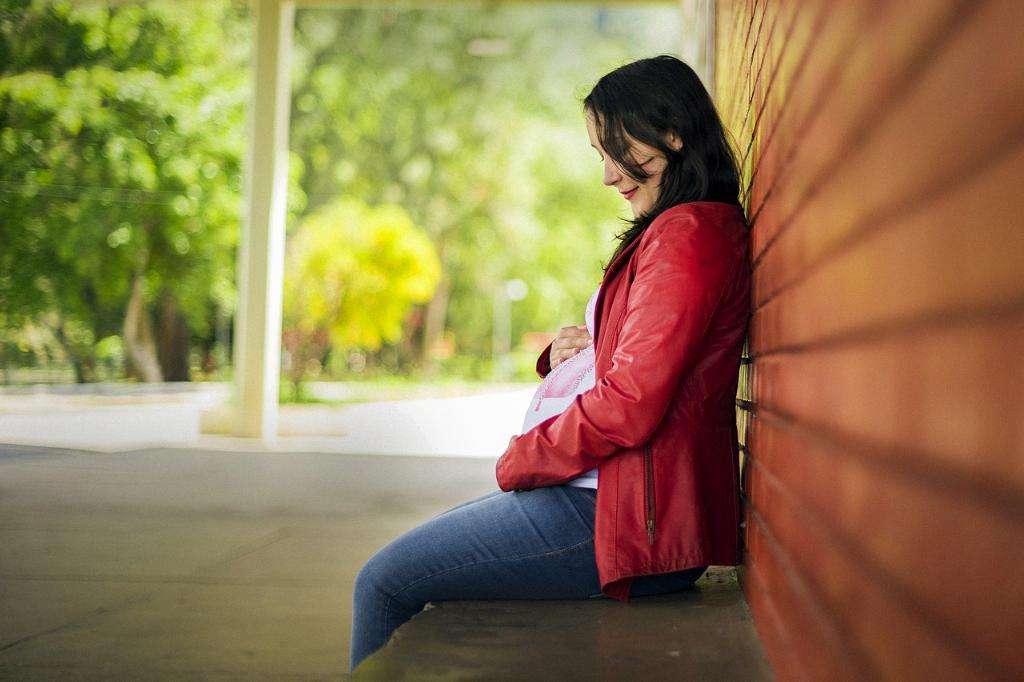When examining the landscape of birth rates and demographics in the United States, one cannot ignore the significant rise in the mixed race birth rate over the past few decades. In 2015, a noteworthy 14% of U.S. infants were classified as multiracial or multiethnic, marking a substantial increase from the mere 5% reported in 1980. This surge in mixed-race births reflects a shifting societal landscape and changing attitudes towards race and ethnicity.
The rise in mixed-race births can be attributed to a variety of factors, including increased racial and ethnic diversity, changing societal norms, and a greater acceptance of interracial relationships. As the U.S. population becomes more diverse, mixed-race unions have become increasingly common, leading to a higher prevalence of multiracial or multiethnic children being born.
It is important to note that the rise in the mixed race birth rate is not just a statistical phenomenon, but also reflects a broader cultural shift towards inclusivity and acceptance of diversity. Mixed-race individuals often navigate complex identities and face unique challenges, but they also bring a richness and diversity to our society that should be celebrated.
For many mixed-race individuals and families, questions of identity and belonging can be complex and multifaceted. As society continues to evolve, it is essential to create spaces that embrace and celebrate the diversity of our population, including those who identify as multiracial or multiethnic.
Research indicates that mixed-race individuals and families experience both the benefits and challenges of navigating multiple racial and ethnic identities. While mixed-race individuals may face discrimination and societal barriers, they also bring a unique perspective and cultural richness to the tapestry of American society.
As the mixed race birth rate continues to rise, it is crucial for policymakers, educators, and community leaders to address the specific needs and challenges faced by mixed-race individuals and families. By fostering a culture of inclusivity and understanding, we can create a more equitable and supportive environment for all members of our diverse population.
The increase in mixed-race births also underscores the importance of recognizing and celebrating the diverse backgrounds and experiences of individuals within our society. Embracing multiculturalism and diversity not only enriches our communities but also fosters a sense of unity and shared humanity among all individuals, regardless of their racial or ethnic backgrounds.
It is evident that the mixed race birth rate is not simply a statistic, but a reflection of the changing dynamics of American society. As the landscape of race and ethnicity continues to evolve, it is essential for us to embrace and celebrate the diversity that defines our nation and to create a more inclusive and equitable society for all.

